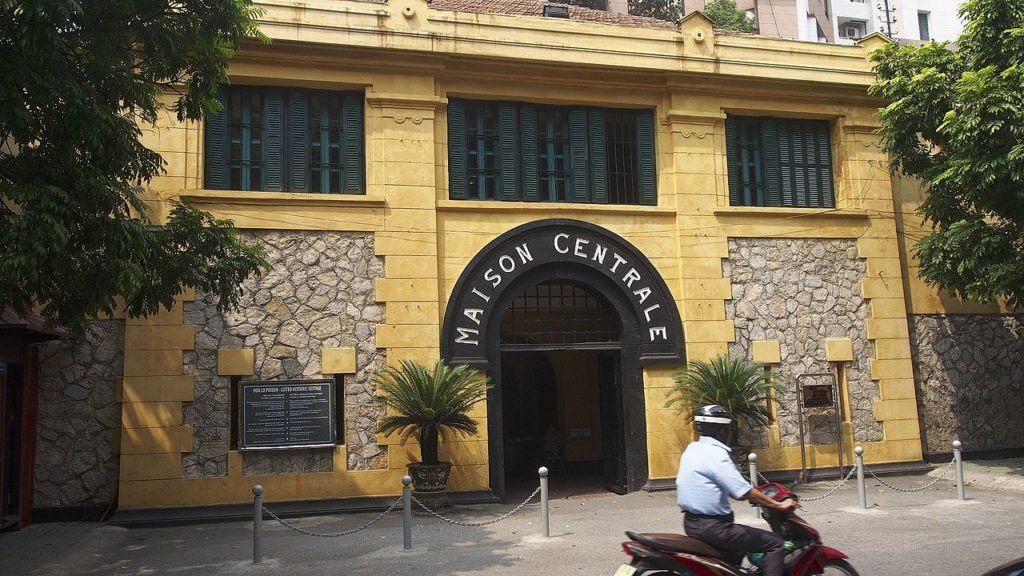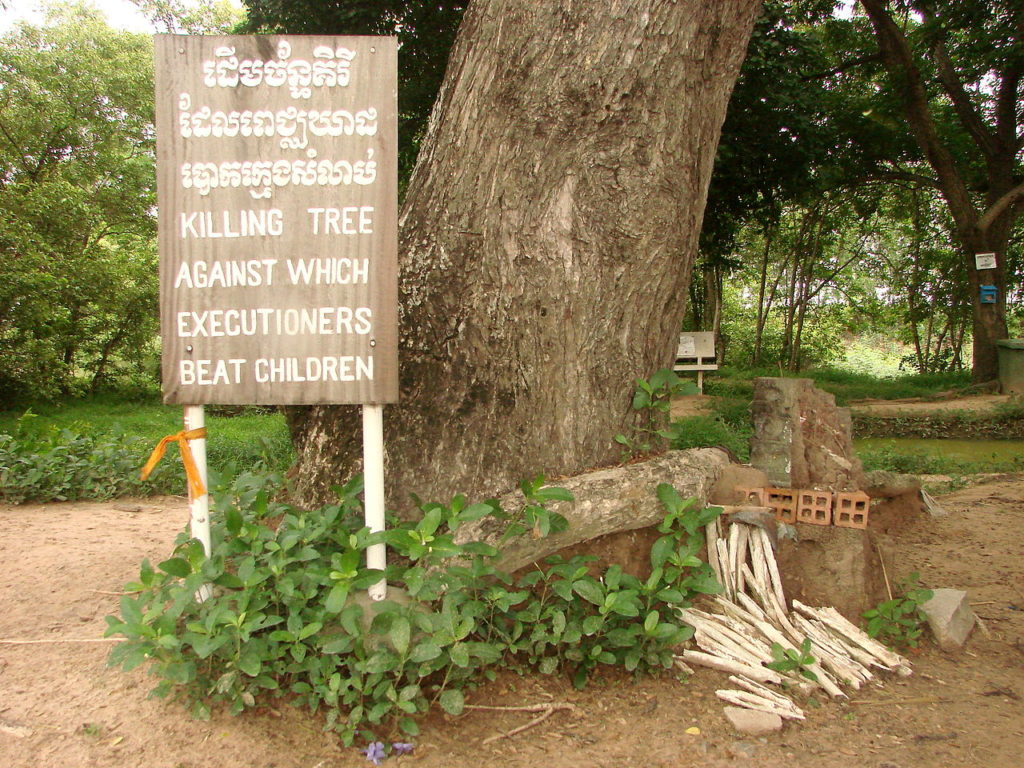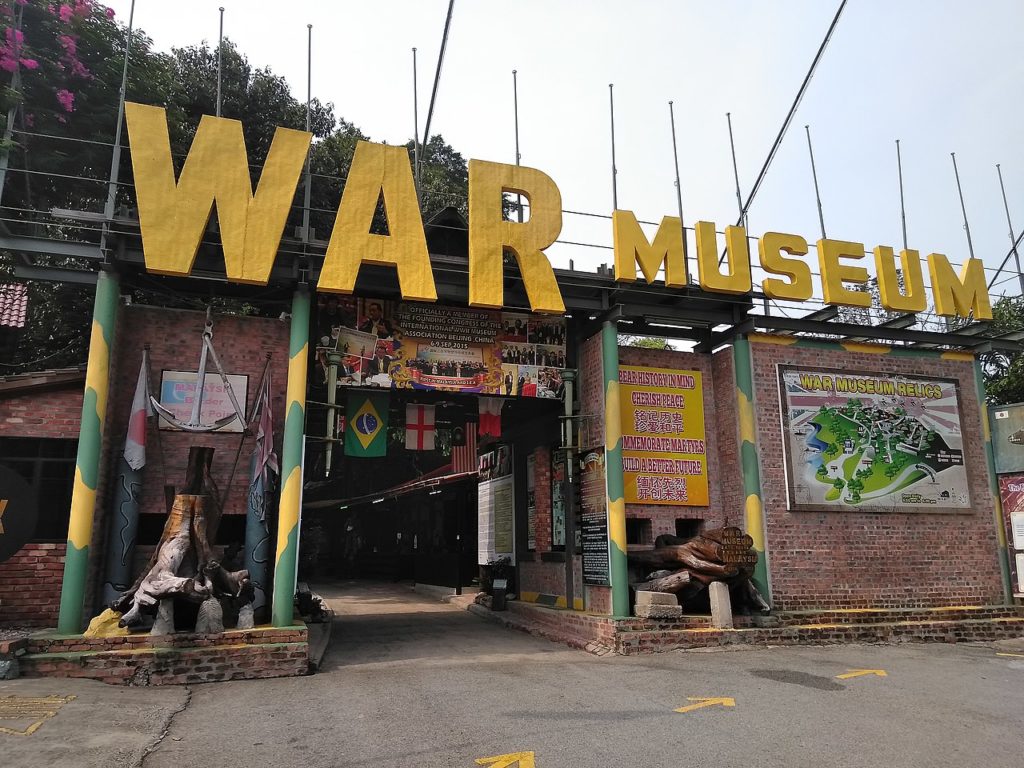What is dark tourism? Dark tourism (also called black tourism or grief tourism) has been defined as tourism involving travel to places historically associated with death and tragedy.
According to CNN, it is a type of travel that’s been gaining ground and winning proponents as more wanderers search out “authentic experiences,” preferring hard-bitten realism to Photoshopped fantasies, and home truths over tourist-board propaganda.
These are destinations such as war zones, nuclear blast sites, genocide prisons, tombs – places that are eerie, dangerous, scary and often bizarre.
Below are some of the most popular dark tourism destinations from across Southeast Asia as sorted out by CNN:
1. Hanoi Hilton, Vietnam
History is full of Orwellian ironies, like the oppressed turning into the oppressors.
Hoa Lo Prison, constructed by the French in 1896 to house Vietnamese revolutionaries, is one such paradox – it eventually became a jail for the communists to hold American fighter pilots grounded by gunfire over North Vietnam.
 The “Hanoi Hilton,” as it was sarcastically dubbed by its American inmates, uses a multimedia approach to conjure the reality of death row.
The “Hanoi Hilton,” as it was sarcastically dubbed by its American inmates, uses a multimedia approach to conjure the reality of death row.
Dungeon-dim lighting and effigies of shackled prisoners are combined with expressionistic etchings of inmates on the courtyard walls, grainy film footage of aerial combat scenes and an actual French guillotine used to behead Vietnamese prisoners, to provide a level of physical and psychological immersion that feels like incarceration.
2. Bangkok Forensic Medicine Museum, Thailand
3. The Killing Fields, Cambodia
The first time I visited the Choeung Ek Killing Fields outside Phnom Penh in 2003, I was transfixed by a tree with a sign on it that read in Khmer and English: “Chankiri tree against which executioners beat children.”
This was done to save bullets.
My driver pointed at the nails sticking out of the tree that had been used to drive home the regime’s barbarity and speed up the executions.
 When local authorities renovated the so-called Killing Fields in 2011, this series of mass graves, where the Khmer Rouge executed and buried the inmates of Tuol Sleng, a high school turned torture chamber, they turned it into a full-fledged tourism spectacle, complete with audio tours, benches, refreshment stalls and souvenir stands.
When local authorities renovated the so-called Killing Fields in 2011, this series of mass graves, where the Khmer Rouge executed and buried the inmates of Tuol Sleng, a high school turned torture chamber, they turned it into a full-fledged tourism spectacle, complete with audio tours, benches, refreshment stalls and souvenir stands.
It’s certainly a much more audio-visual experience than it used to be.
Now you can listen to the Khmer Rouge songs that once blasted from speakers to drown out the cries of the condemned men and women being beaten to death with the axles of oxcarts, or having their throats slit with the serrated edges of a palm frond.
4. Penang War Museum, Malaysia
It takes a gruesome pedigree to make it onto National Geographic Channel’s Top 10 List of most haunted places in Asia, as named in its series, “I Wouldn’t Go In There.”
Sitting atop “Ghost Hill,” beside Chinese graveyards and tower blocks, the Penang War Museum in Malaysia has just such a pedigree.
But it may be more haunted by history than otherworldly forces.
 Much of its history revolves around World War II atrocities.
Much of its history revolves around World War II atrocities.
As the legend of “Vlad the Impaler,” a despotic ruler from Romania, birthed the Dracula legend, so the bloodthirsty reputation of a Japanese police colonel named Tadashi Suzuki, whose constant companion was a samurai sword he used to behead locals, created a phantom said to still haunt “Ghost Hill.”
A few other ghouls whose effigies adorn the trails twisting around the museum are said to roam free – ghouls that the workers claim they saw when clearing the property some 10 years ago.
5. Tsunami Museum, Indonesia
The towering waves triggered by the underwater earthquake off the coast of Indonesia on December 26, 2004, claimed victims as far away as Somalia and triggered aftershocks in Alaska. A visit to this beautifully designed, hard-hitting museum commences with a walk through a dark, dripping tunnel that symbolises the 2004 tsunami waves.
 This is followed by a powerful set of images of the devastation projected from tombstone-like receptacles, and a circular chamber engraved with the names of the lost. Upstairs a very graphic short film is shown, along with photographs of loss, displacement, rebuilding, hopefulness and reunited families. Other displays explain how earthquakes and tsunamis are created and how Aceh’s landscape was altered by the disaster (look out for the ‘before’ and ‘after’ scale models of the city).
This is followed by a powerful set of images of the devastation projected from tombstone-like receptacles, and a circular chamber engraved with the names of the lost. Upstairs a very graphic short film is shown, along with photographs of loss, displacement, rebuilding, hopefulness and reunited families. Other displays explain how earthquakes and tsunamis are created and how Aceh’s landscape was altered by the disaster (look out for the ‘before’ and ‘after’ scale models of the city).
The Aceh Tsunami Museum is located at Jalan Iskandar Muda street in the heart of the city of Banda Aceh, near the Simpang Jam, the Clock tower Intersection. It is situated near the Blang Padang Field, next to the Dutch Cemetery or Kerkhof Peutjut.
According to seasia.co














